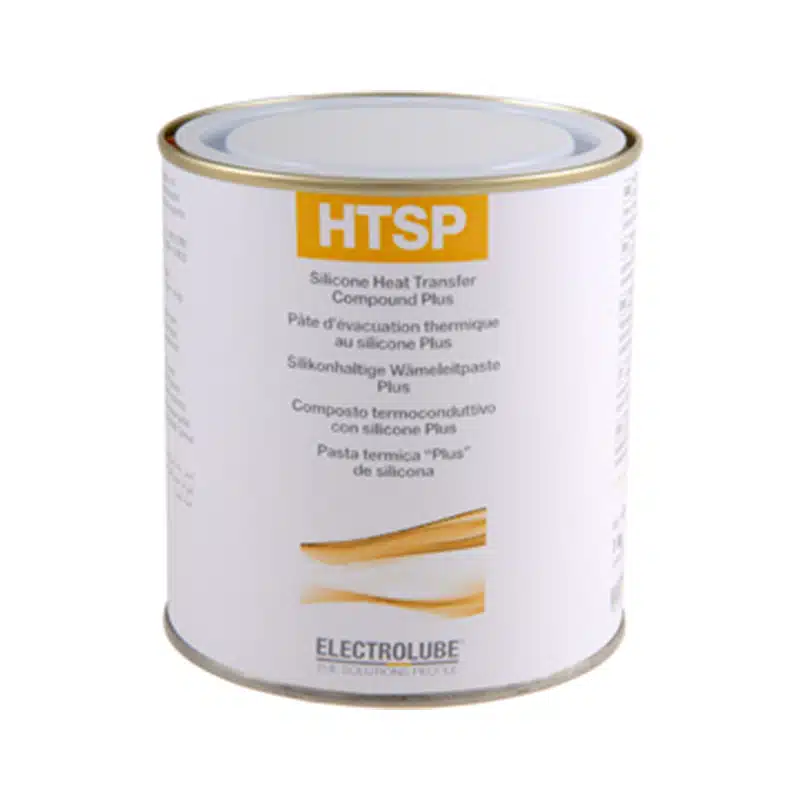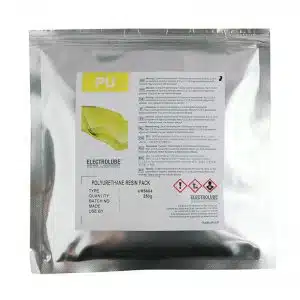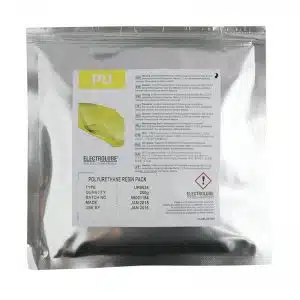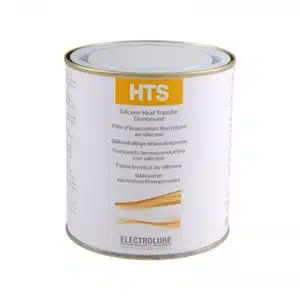- Monday to Friday: 8:30 am – 5:00 pm

Electrolube HTSP is a highly thermally conductive non-curing heat transfer paste, designed for use as a thermal interface material.
HTSP is a highly thermally conductive non-curing heat transfer paste, designed for use as a thermal interface material. It is recommended where large amounts of heat need to be dissipated efficiently, ensuring the reliable thermal coupling of electronic components. HTSP is based on a silicone oil, offering an exceptionally wide operating temperature range.
Thermal pastes can be applied to the base and mounting studs of diodes, transistors, thyristors, heat sinks, silicone rectifiers and semi-conductors, thermostats, power resistors and radiators, to name but a few. When the contact surfaces are placed together, a firm metal-to-metal contact will only be achieved on 40 – 60% of the interface, depending on the smoothness of the surfaces. This means that air, which has relatively poor thermal conductivity, will account for the balance of the interface. Only a small amount of compound is required to fill these spaces and thus dramatically increase the effective surface area for heat transfer.
It is important to note that the quality of application of a thermal paste can be as important as the thermal conductivity of the material applied; best results are achieved when a uniform, thin coat is applied between the mating surfaces. Apply a thin layer of compound to one of the contact surfaces using a brush, spatula, roller, automated system or screen printing technique. Ensure that the entire interface is covered to avoid hot-spots from forming. Any excess paste squeezed out during the mounting process should be removed.
There are many methods of measuring thermal conductivity, resulting in large variances in results. Electrolube utilise a heat flow method which takes into account the surface resistance of the test substrate, thus offering highly accurate results of true thermal conductivity. Some alternative methods do not account for such surface resistance and can create the illusion of higher thermal conductivity. Therefore, when comparing thermal conductivity measurements it is important to know what test method has been utilised. For more information please contact the Electrolube Technical Department.
The rate at which heat flows is dependent on the temperature differential, the thickness and uniformity of the layer, and the thermal conductivity of the material. Products with the same comparable thermal conductivity value may have very different efficiencies of heat transfer in the end application depending on how successfully a thin even film can be applied.
A full range of heat transfer products are available from Electrolube: high thermal conductivity pastes (HTCP), silicone-based pastes for very high-temperature applications (HTS), gap filling materials (HTCPX), Silicone RTVs (TCOR, TCER), epoxy adhesives (TBS) and encapsulation resins (ER2220, UR5633, SC2003).
To request any type of technical sheet or safety sheet.






With more than 200 sales professionals into the marketplace, we offer the most compelling local presence in your native language.
Please send us your request to receive customized support by your local dealer, either for specific products or special requirements.